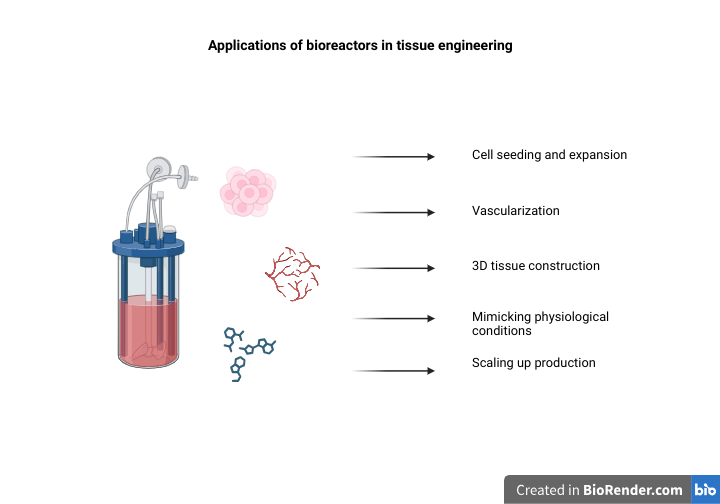
iPSC-derived retinal cells and their significance
Induced pluripotent stem cell-derived retinal cells, often abbreviated as iPSC-derived retinal cells, represent a promising development in regenerative medicine and the treatment of retinal diseases.
Here’s an overview of what iPSC-derived retinal cells are and their significance:
iPSCs and reprogramming
Induced pluripotent stem cells (iPSCs) are a type of stem cell generated by reprogramming adult cells, such as skin cells, into a pluripotent state. This means that iPSCs have the potential to differentiate into any cell type in the body, including retinal cells (1,2).
Generation of retinal cells
Researchers have developed protocols for differentiating iPSCs into retinal cells, including retinal pigment epithelium (RPE) cells and various types of photoreceptor cells (rods and cones). These iPSC-derived retinal cells closely resemble those found in the human retina (1,2,3).
Significance for retinal diseases (4,5):
● Macular degeneration: iPSC-derived RPE cells have been used to study and potentially treat age-related macular degeneration (AMD), a leading cause of vision loss in the elderly. In AMD, RPE dysfunction contributes to retinal degeneration.
● Retinitis pigmentosa: Retinitis pigmentosa is a group of inherited retinal disorders. iPSC-derived retinal cells are valuable for modeling the disease and testing potential therapies.
● Glaucoma and other retinal diseases: iPSC-derived retinal cells have the potential to be used in modeling and understanding various retinal diseases, including glaucoma and retinopathies.
Challenges and ongoing research
While iPSC-derived retinal cells offer tremendous potential, challenges remain, such as ensuring the functional maturation of these cells and optimizing transplantation procedures. Ongoing research is focused on addressing these issues (3).
Transplantation and vision restoration
In some cases, the ultimate goal is to use iPSC-derived retinal cells for transplantation into the eyes of individuals with retinal diseases, with the hope of restoring or preserving vision (6).
In summary, iPSC-derived retinal cells are a significant advancement in the field of regenerative medicine and ophthalmology. They offer a promising avenue for understanding, modeling, and potentially treating a range of retinal diseases, with a strong emphasis on personalized medicine and the development of novel therapies for conditions that can lead to vision loss.
References
1. Rathod R, Surendran H, Battu R, Desai J, Pal R. Induced pluripotent stem cells (iPSC)-derived retinal cells in disease modeling and regenerative medicine. J Chem Neuroanat. 2019 Jan;95:81-88. doi: 10.1016/j.jchemneu.2018.02.002. Epub 2018 Feb 12. PMID: 29448001.
2. Sharma A, Jaganathan BG. Stem Cell Therapy for Retinal Degeneration: The Evidence to Date. Biologics. 2021 Jul 27;15:299-306. doi: 10.2147/BTT.S290331. PMID: 34349498; PMCID: PMC8327474.
3. Öner A. Stem Cell Treatment in Retinal Diseases: Recent Developments. Turk J Ophthalmol. 2018 Feb;48(1):33-38. doi: 10.4274/tjo.89972. Epub 2018 Feb 23. PMID: 29576896; PMCID: PMC5854857.
4. https://www.healthline.com/health/eye-health/retinal-diseases#common-retinal-diseases
5. Dietze J, Blair K, Havens SJ. Glaucoma. [Updated 2022 Jun 27]. In: StatPearls [Internet]. Treasure Island (FL): StatPearls Publishing; 2023 Jan-. Available from: https://www.ncbi.nlm.nih.gov/books/NBK538217/
6. Cuevas E, Parmar P, Sowden JC. Restoring Vision Using Stem Cells and Transplantation. Adv Exp Med Biol. 2019;1185:563-567. doi: 10.1007/978-3-030-27378-1_92. PMID: 31884671.



